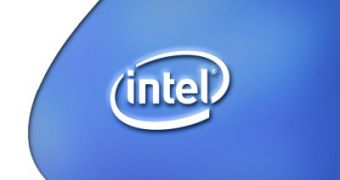Intel has an extremely intricate algorithm for giving its processors back-stage names. The average user won't even bother to try and understand what lies under a, say, Sonoma codename, and they won't even be able, unless they are really into codenames.
Intel's mobile chipsets, the Carmel, Sonoma, Napa and the latest addition, Santa Rosa, have all been baptized under the same commercial name, Centrino. Joining four different chipsets under the same name might be a little confusing for the end-user, but thankfully, Intel decided that it's time to move along and get another name for the Montevina chipsets. However, it might have run short of inspiration, or even thought that it would be such a loss to start promoting a different brand all over again, that the chip manufacturer finally decided to call it Centrino 2.
It seems that notebook vendors agree with Intel's new name for the upcoming mobile platform, because they have come to the conclusion that most consumers are not familiar with the technical specifications of each platform and codename. This situation affects Intel most, as it lowers the brand awareness. The new market strategy will allow the consumer feel that there is something different and updated, which will encourage them to update.
The Centrino 2 platform is expected to be unveiled at the Computex Taipei 2008 show, and it will be accompanied by six 45-nanometer notebook processors running at stock core speeds between 2.26 and 3.06GHz, with a 1066 MHz FSB, 6MB of L2 cache, DDR3 memory and WiMAX wireless connectivity. The chips will sell for $209-851 in 1000-unit tray quantities.
The Montevina platform will come with the 'Cantiga' chipset and updated 802.11a/b/g/n Wi-Fi adapters, such as the 'Echo Peak', a chip that will be WiMax-ready. Some other optional additions to the Montevina platform will be the second-generation Intel Turbo Memory cache modules.
Intel will introduce seven other small-form factor chips targeted at the slim and ultra-portable notebooks. They will be similar to the small-package Montevina processor built for the ultra-portable MacBook Air from Apple. The third quarter will also bring the first quad-core processor from Intel targeted at the mobile market.

 14 DAY TRIAL //
14 DAY TRIAL //